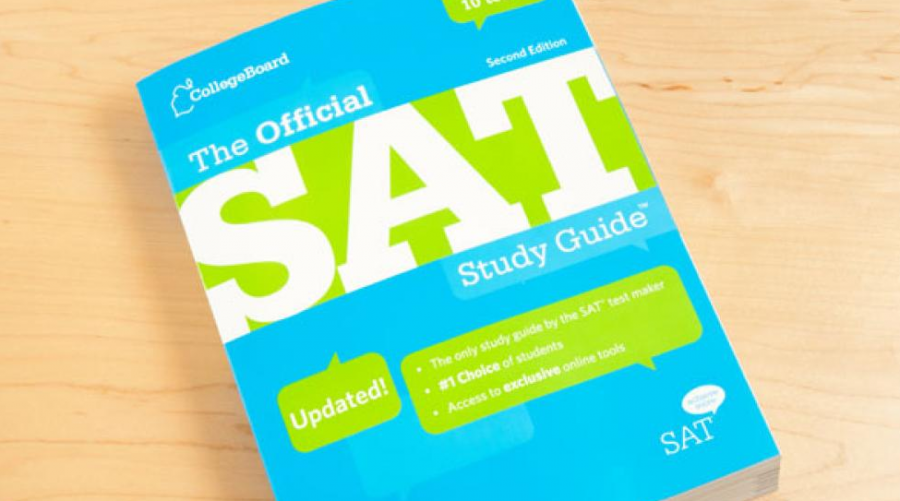New SAT format sees drastic changes
If you’ve signed up to take the SAT on March 5, get ready for a reboot. The College Board’s redesigned test replaces the current, four-section one most high school seniors know and loathe in spring. Here’s the inside scoop on what the new SAT looks like.
The new one keeps the four sections: essay, reading, writing and mathematics. Each section was altered, but the essay section most of all. Instead of writing about a short prompt, students will write commentaries about 700-to 800-word passages in 50 minutes, twice as much time as the current SAT.
Another big change: The essay is optional. The College Board decided that “a single essay has not contributed to the overall validity of the assessment.” Now students who aren’t strong in writing quick essays might opt out and improve their scores.
Although choosing not to complete the essay portion may seem like a good option for some, it may affect a given student’s college admissions process. Princeton, Yale, Duke, Rice, Stanford, Claremont McKenna, CalTech and all nine UC schools will not accept SAT scores from students without the essay, so students must be cautious about opting out of the essay
The optional essay will also no longer factor directly into the overall score for the writing section, which merges with with reading. That change lowers the test’s overall top score from 2,400 to 1,600, the number of points on the test when Reading and Math were the only sections
The biggest change to the content is the vocabulary. The College Board revamped the vocabulary terms on the test to make the SAT more relevant to real-world experiences. For example, pre-2016 tests featured questions requiring students to use complex words in context, words such as “limpid” and “prevaricator.” The new SAT will have a similar writing/reading question format but with more relevant vocabulary.
SAT College Board Chief of Assessment Cyndie Schmeiser told ABC Action News that the revamped writing/reading section has vocabulary that is “far more practical [and] focuses on the kinds of knowledge and skills that students will need, not only in college, but in their career.”
The final significant change to the test: No penalties for incorrect answers. In the past, omitted answers wouldn’t count against a student’s score, but an incorrect answer subtracted a quarter of a point. This would prevent students from answering questions they were unsure of.
Several Lincoln students are familiar with most of the newly designed SAT after taking the redesigned PSAT. It had no penalties for incorrect answers and, of course, the new scale. But the test’s content did not feature any changes to the previous layout so juniors, who have taken both tests, will not have experienced the changes the new SAT.
“To be honest, I didn’t notice any significant changes in the content of the test,” junior Josh Delzell said. “All that I noticed was that I did significantly better.”
Though the removal of wrong answer penalties will likely yield higher scores from students, there has still been backlash about the implementation. Dan Edmonds wrote in Forbes magazine that because of minimal test-prep options and later dates for receiving scores, students should take the ACT instead.
“Rather than serving as guinea pigs for the College Board while it tries to figure out how it wants this new, ACT-like test to function, I’d advise students next year to take the already well-established ACT,” he wrote.
Only time will tell how students fare with an entirely new format. But meanwhile, students should prepare for the changes and decide whether or not the SAT is right for them.

